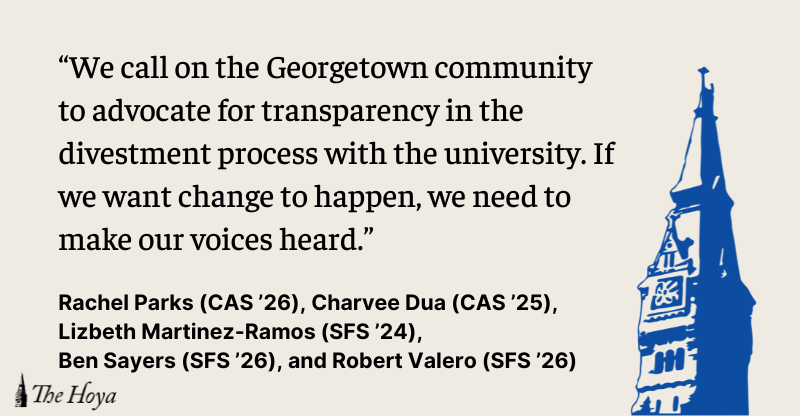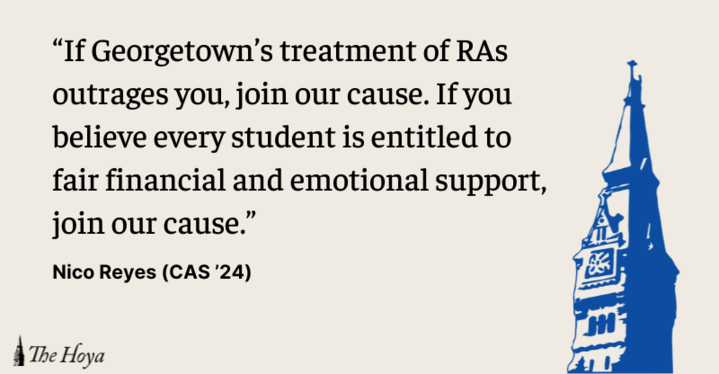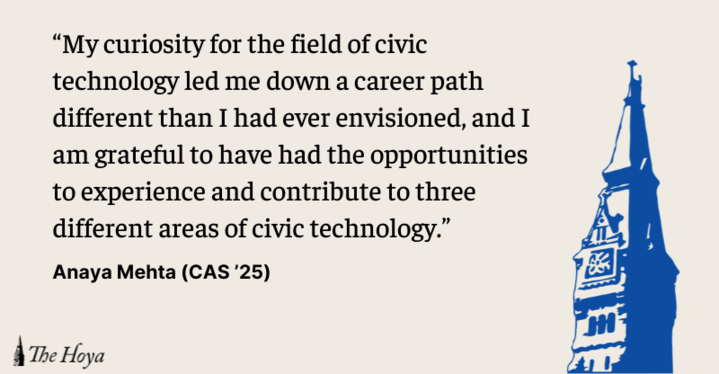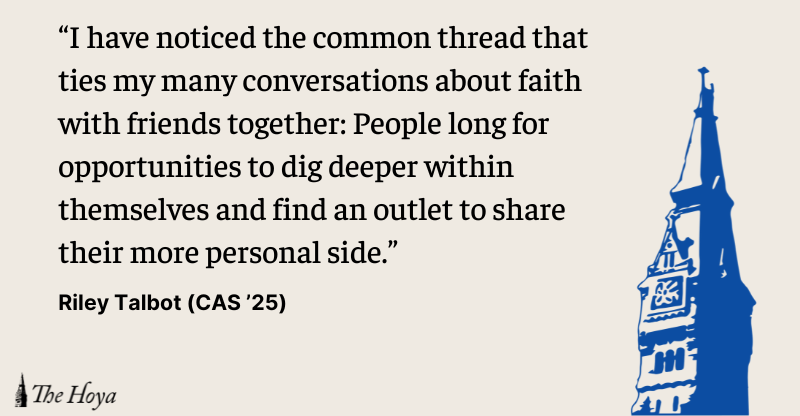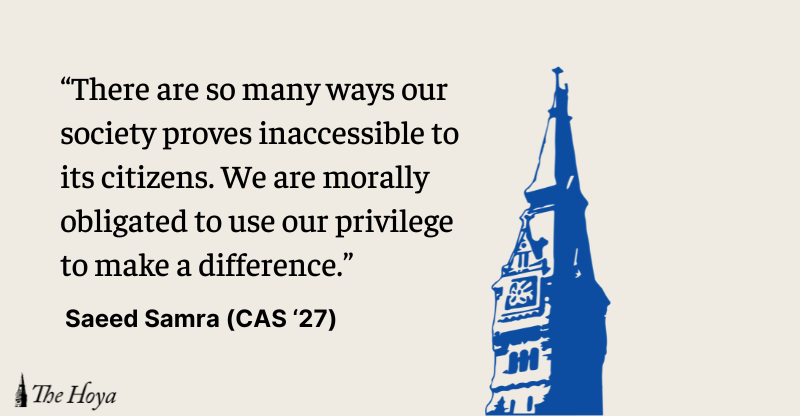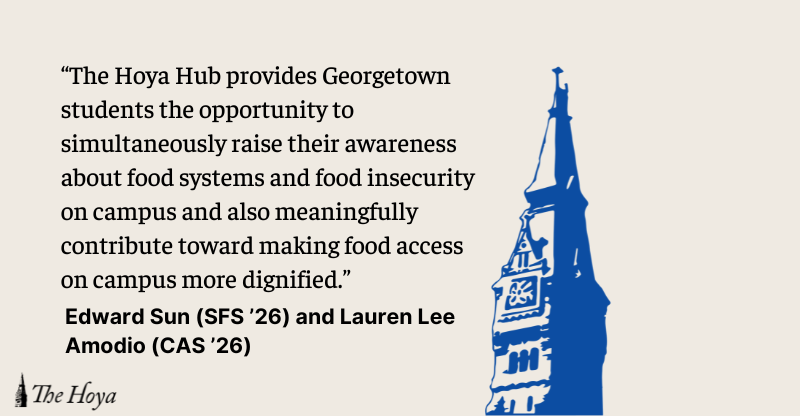As the administration of President Donald Trump and his Republican allies in Congress embark on their campaign for tax reform, which the president has touted as one of his top priorities, their rhetoric sounds eerily familiar.
“The goal is a plan that reduces tax rates as much as possible,” said a statement issued jointly in July by the White House, House Speaker Paul Ryan (R-Wis.), Senate Majority Leader Mitch McConnell (R-Ky.) and others.
McConnell noted in May that tax reform “will have to be revenue-neutral,” while Treasury Secretary Steven Mnuchin said in April that “the plan will pay for itself with growth.”
Yet this argument is almost indistinguishable from how nearly a decade ago former President George W. Bush defended his own tax policies, which cut income, capital gains and corporate tax rates across the board. “Our tax cuts have fueled robust economic growth and record revenues,” Bush wrote in a 2007 op-ed in The Wall Street Journal. A 2001 report by the Heritage Foundation, a conservative think tank, similarly predicted that the Bush tax cuts would eliminate the United States’ debt by 2011. Both Bush’s defense and this prediction turned out to be false.
As we begin to learn more about the details of Trump’s tax reform proposal, the parts of the plan that we have heard about already spell bad news. The corporate tax rate will drop from 35 percent to 20 percent. Income tax rates will be consolidated into three brackets instead of the previous seven, and the top rate will drop from 39.6 percent to Bush’s rate of 35 percent. The lowest rate will actually increase from 10 to 12 percent, though the increase will be offset by a doubling of the standard deduction.
With this structure, those in the top bracket will benefit by far the most; a cut in tax rates saves much more for wealthy people than others. Trump and the GOP say that this will stimulate such impressive growth that the cuts will more than pay for themselves, and conservative pundits such as Grover Norquist are “giddy” and think that the cuts “will turn the economy around.” Sound familiar?
Perhaps the messages and predictions are so similar because both Trump’s and Bush’s policies fit the classic Republican mold of trickle-down economics, a doctrine that has historically been a proven recipe for disaster.
A crucial component of the Republican argument on taxes is that increased prosperity for already-wealthy Americans will eventually spread to everyone. If wealthy people get tax breaks, then they will spend and invest more, which will create jobs and thus allow wealth to trickle down to the middle class. Or so the story goes.
Historically, however, that theory has failed to pan out, since wealthy people are the least likely to take advantage of extra money. Moody’s Investors Service 2010 data confirmed that when the wealthy are given tax breaks, they are more likely to save that money than to spend or invest it. As such, giving tax breaks to the rich is an ineffective way to stimulate the economy and a terrible way to improve the lives of those who need help the most. The wealth will not trickle down; rather, it will stay in the pockets of the wealthy.
One study by the Congressional Budget Office found that after 10 years, an income tax cut of 10 percent would only spur enough economic growth to recover, at most, 32 percent of the revenue loss from the cut. This is not an anomaly, as Politifact confirmed that virtually all economic research on the topic for the last 20 years has shown that tax cuts do not make up lost revenue.
Republicans will lecture about the supposed success of former president Ronald Reagan’s 1986 tax reform, but that argument is severely flawed. Conditions during the Reagan era were ripe for economic growth, regardless of policy decisions. The labor market was astoundingly productive as baby boomers entered their prime years, and the economy was rebounding from a trough in the business cycle. During the Reagan years, it would have taken a catastrophe far beyond the forces of economic policy for growth to be sluggish. Today, as baby boomers begin to exit the workforce, those economic conditions do not apply to counteract the detrimental effects of trickle-down economics.
As Trump and his Republican allies continue to boast their newly released tax plan, do not be fooled by their rhetoric. We have heard it all before.
Alec Camhi is a sophomore in the College.













